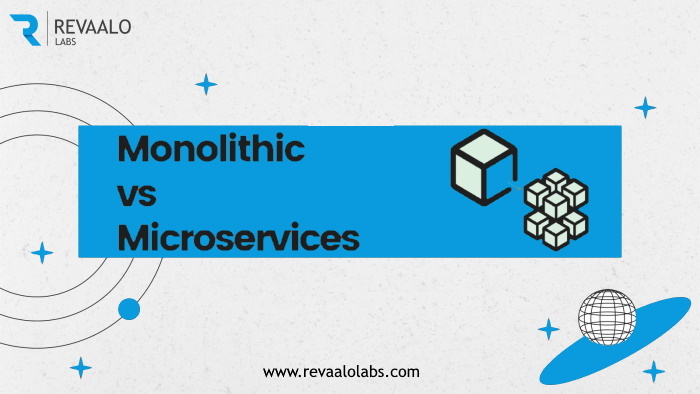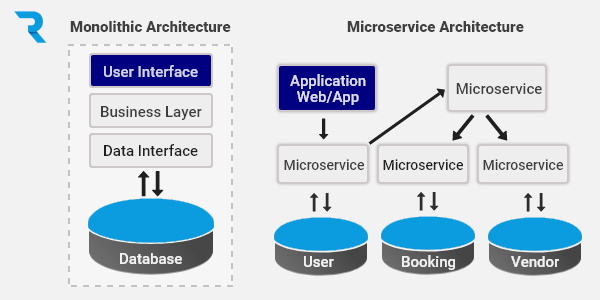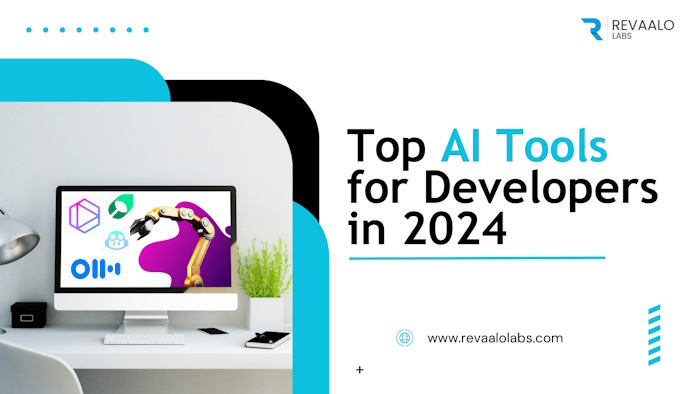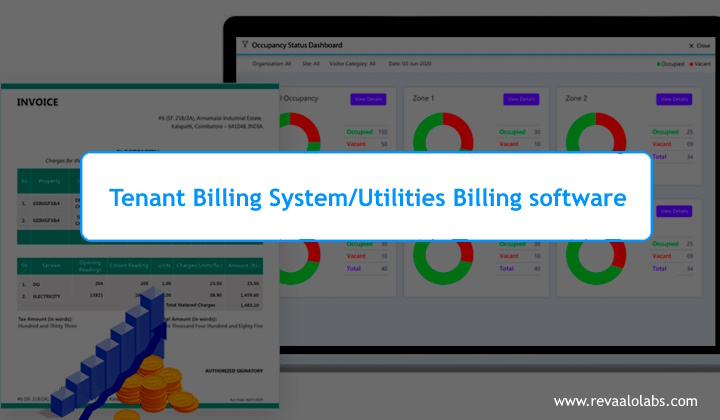#WebDevelopment #Monolithic #Microservices #Architecture

In our article about monolithic & microservices architecture, we have discussed briefly the topic and why it should be used by business owners in their next project. Now coming back to the topic, we will be diving deep into microservices and monolithic architectures.
What is Monolithic Architecture?
A monolith is built as a large system with a single code base and deployed as a single unit, usually behind a load balancer. It typically consists of four major components: a user interface, business logic, a data interface, and a database.
The problem with monolithic isn’t so much that there’s an inherent problem with the architecture. In fact, simple applications with limited feature sets may benefit from this approach. The challenge comes when companies grow their applications–adding features and bug fixes on top of everything that came before.
A monolithic architecture has distinct Strengths and Weaknesses that should be evaluated when deciding when selecting the optimal type of architecture for the application.
Benefits of Monolithic Architecture:
Strengths of the Monolithic Architecture
Weaknesses of the Monolithic Architecture

What is Microservices Architecture?
Microservices architecture is designed to accommodate the need for large application development by providing a suite of modular components and services.
A microservice architectural style is an approach to developing a single application as a suite of small services, each running in its own process and communicating with lightweight mechanisms, often an HTTP resource API. These services are built around business capabilities and are independently deployable by fully automated deployment machinery. There is a bare minimum of centralized management of these services.
When considering what microservices are particularly well-suited for, the following Strengths and Weaknesses should be taken into account:
Benefits of Microservices Architecture:
Strengths of the Microservices Architecture
Weaknesses of the Microservices Architecture
Which One Is Better Monolithic Architecture Vs Microservices Architecture?
Like everything, these two technologies both have their Strengths and Weaknesses.
Monolithic architecture is a solid solution for simple eCommerce applications or blog platforms, especially when ongoing changes and development are not predicted.
Microservices have grown to become a better fit for complex applications and are the modern solution in a time when constant improvement and development of sites and services is the norm.
Connect with Revaalo labs your one stop solution for Digital Transformation needs.

One of the most critical decisions website developers must make is deciding what unit of measurement to use when sizing elements, fonts, and other design properties.
Read more
It`s an amazing technology-one that will help us solve society`s toughest problems and reshape the world.
Read more13
December

Today, web browsers play a significant role in our lives, providing us with access to a world of information and possibilities.
Read more
Power BI is a popular business intelligence tool developed by Microsoft for data visualization and analysis. While Power BI is a robust solution, there are several alternatives available that cater to different needs and preferences.
Read more09
October

Tenant billing systems are software solutions used by property owners, managers, and landlords to accurately bill tenants for their usage of utilities and services.
Read more